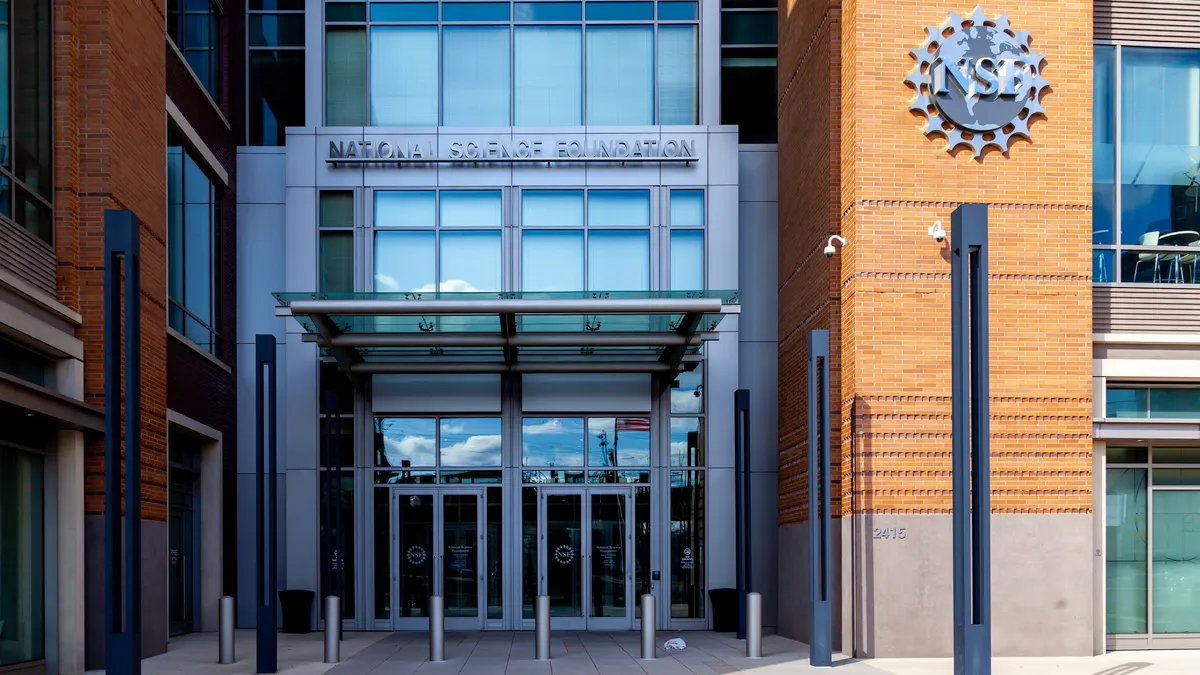A projected decline in the number of traditional college-age students, along with higher education's continued access imperative, is driving colleges to find ways to bring more students to campus.
Their tactics include recruiting out-of-state and internationally, strengthening transfer pathways with two-year institutions, partnering with local companies to help students find work after graduation and increasing the amount of need-based aid they offer.
Those are among the approaches discussed in recent months by contributors to Education Dive's President Speaks column series. Read on to learn how they are implementing them on their campuses.
Working with local employers
Small private colleges have been hard hit by the economic forces that have spurred the ongoing trend of consolidation across higher ed. Those that have been successful have doubled-down on what makes them unique. Cleary University, a business-focused institution located about an hour's drive from Detroit, stands apart by partnering with local employers.
"We must think bigger, and broader, to develop the whole person if we want a sustainable workforce that sustains higher education," writes Cleary President Jayson Boyers. "Economic growth depends on these types of partnerships." Read more.
Prioritizing social mobility
Higher ed may be "the great equalizer," but that's only the case if colleges take the necessary steps to attract low-income students to their campuses and ensure they can afford to attend. In this column, John Broderick, president of Old Dominion University, in Virginia, discusses what his university is doing to increase social mobility for students. Read more.
Making transfers easier
Data shows that transfer students tend to perform better than students who go directly to college from high school. Yet more than 50,000 students each year who could succeed at a four-year institution don't end up transferring — due at least in part to red tape. Dayton University, a private Catholic institution in Ohio, is addressing that difficulty by partnering with Sinclair Community College, a local public two-year institution.
Students admitted to the UD Sinclair Academy get a four-year lock on net tuition, access to U of Dayton's facilities, and academic advisers on both campuses to help ensure their credits transfer smoothly. Read more.







